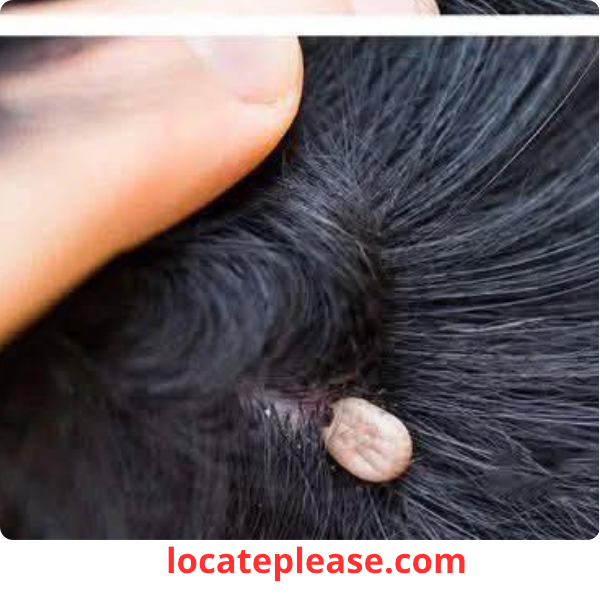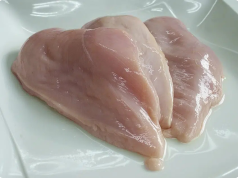It started with a simple bedtime routine — brushing your son’s hair — when you spot something strange. A tiny speck. A speck that moves. Or maybe it’s a cluster of tiny white dots glued to the hair shaft near his scalp.
Your heart skips a beat.
“What is that?”
You’re not alone. Thousands of parents have been in this exact moment — staring at something in their child’s hair and wondering:
👉 Is it dirt?
👉 Dandruff?
👉 Lice?
👉 Mites?
👉 Should I panic?
👉 Should I call the doctor?
Take a breath.
Most hair-related issues in children are treatable and not dangerous — but early identification and action are key.
Let’s walk through what you might be seeing, what it could mean, and when it’s time to seek help.
1. What Did You Find? Look Closely
The first step is observation. Take your child to a well-lit area and use a magnifying glass if needed. Ask yourself:
- Is it moving? → Likely a live louse
- Is it tiny, white, and firmly attached to the hair shaft? → Could be nits (lice eggs)
- Is it flaky or scaly? → Might be dandruff or seborrheic dermatitis
- Is there redness, sores, or intense itching? → Could indicate infestation or infection
📌 Note: Nits are often mistaken for dandruff — but unlike dandruff, nits stick tightly to the hair and don’t brush off easily.
2. The Usual Suspects: Common Hair Pests in Kids
Children are especially vulnerable due to close contact at school, sleepovers, and playgrounds.
Head Lice (Pediculus humanus capitis)
- Size: 2–3 mm, about the size of a sesame seed
- Color: Tan to grayish-white
- Behavior: Crawls (doesn’t jump or fly)
- Eggs (nits): Tiny, oval, white or yellowish, glued within ¼ inch of the scalp
- Symptoms: Itching, especially behind the ears and at the nape of the neck
✅ Good news: Lice don’t carry disease and aren’t a sign of poor hygiene.
Scabies Mites (Sarcoptes scabiei)
- Size: Microscopic — you won’t see them without a microscope
- Behavior: Burrow into the skin, not just the hair
- Symptoms: Intense itching (worse at night), pimple-like rash, tiny burrow lines on skin
- Common areas: Hands, wrists, elbows, armpits — but can spread to scalp, especially in young children or infants
⚠️ Red flag: If your child has a rash on the body and scalp irritation, scabies could be the cause.
3. How to Check for Lice and Nits
- Use a fine-toothed nit comb (available at pharmacies).
- Section the hair and comb from root to tip over a white towel or paper.
- Look for:
- Live lice crawling
- Nits that don’t brush off
- Check near the scalp, behind the ears, and at the back of the neck — lice love warmth.
🔍 Pro tip: Wet the hair and apply conditioner — it slows lice down and makes them easier to spot.
4. Home Remedies: What Works (and What’s Just a Hack)
Many parents turn to viral “natural” solutions — but not all are effective.
✅ What Can Help:
- Over-the-counter lice shampoos with permethrin or pyrethrin (e.g., Nix, Rid)
- Wet combing every 2–3 days for 2 weeks
- Sealing combs, brushes, and hair accessories in a plastic bag for 48 hours
- Washing bedding, hats, and stuffed animals in hot water (130°F+) and drying on high heat
❌ Home Hacks with Limited Evidence:
- Mayonnaise or olive oil – May suffocate lice temporarily, but doesn’t kill nits
- Tea tree oil – Some antiseptic properties, but can irritate skin and isn’t a cure
- Hair dryers or flat irons – Not safe or effective; can burn the scalp
🛑 Never use kerosene, gasoline, or essential oils in high concentrations — they’re dangerous.
5. When to See a Doctor
While lice are usually manageable at home, certain signs mean it’s time to call your pediatrician or dermatologist:
✅ You’re unsure if it’s lice, mites, or a skin condition
✅ Your child has open sores, pus, or signs of infection (from scratching)
✅ Itching persists after treatment
✅ Rash spreads to the body (possible scabies)
✅ Infestation keeps coming back (could be resistant lice)
A doctor can:
- Confirm the diagnosis
- Prescribe stronger treatments (e.g., ivermectin, malathion)
- Rule out other conditions like ringworm or eczema
6. Preventing Re-Infestation
Even after treatment, lice can return. Protect your family with these steps:
- Avoid head-to-head contact (common during selfies, hugs, or play)
- Don’t share combs, hats, headphones, or hair ties
- Regularly check siblings — lice spread fast
- Vacuum furniture, car seats, and rugs (lice can survive 1–2 days off the scalp)
7. Final Thoughts: Stay Calm, Act Fast
Finding something in your child’s hair is scary — but it’s not an emergency in most cases.
- Lice are common — over 12 million cases occur annually in the U.S. alone.
- They’re not dangerous — just annoying and contagious.
- They’re treatable — with the right tools and patience.
You don’t need to rush to the ER.
But if you’re uncertain, or if symptoms worsen, a quick visit to the doctor can bring peace of mind — and faster relief.
Because the best thing you can give your child right now isn’t panic —
It’s clarity, care, and a good nit comb.
You’ve got this. And so does your child.










